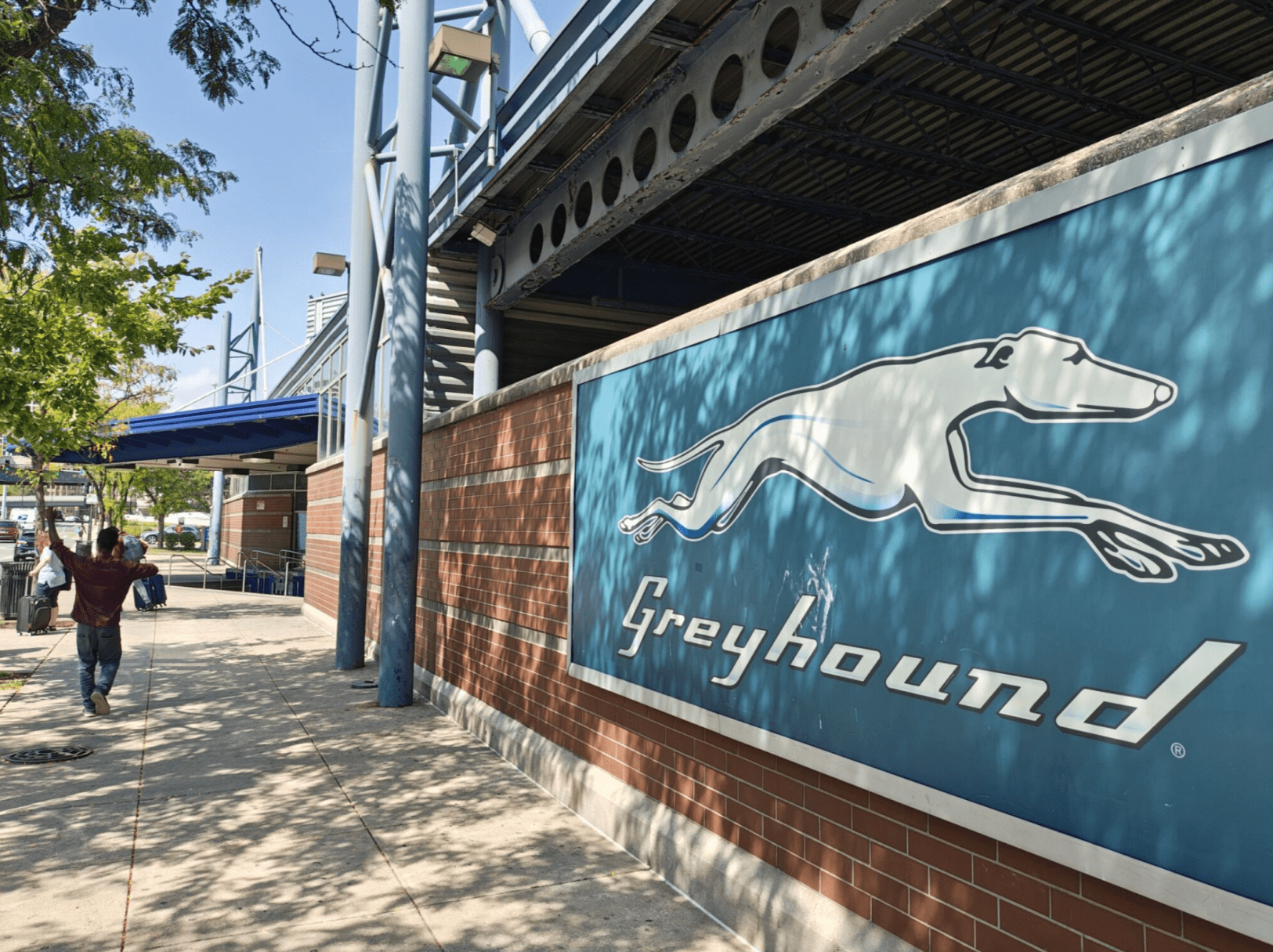
Michael Andersen blogs for The Green Lane Project, a PeopleForBikes program that helps U.S. cities build better bike lanes to create low-stress streets.
It's a sign of how new the modern protected bike lane is to the United States that we haven't actually known very much about them, scientifically speaking.
Until now.
Most academic studies of modern protected lanes have relied on data from countries where culture, land use, street design and social behavior are dramatically different (the Netherlands, Denmark, Germany) or from Canada, which has led the North American protected lane revolution.
Three widely noticed Canadian studies, led by Harvard's Ann Lusk, the University of British Columbia's Kay Teschke and Ryerson University's Anne Harris, focused mostly on safety. And though all three concluded that protected bike lanes greatly improve bike safety (28 percent fewer injuries per mile compared to comparable streets with no bike infrastructure using Lusk's methodology, 90 percent fewer using Teschke's; in Harris's study, protected lanes reduced intersection risk by about 75 percent), they've drawn some thoughtful criticism for under-examining the importance of intersections, where most bike-related conflicts arise.
Today, Portland State University's National Institute of Transportation and Communities released its voluminous findings from a far more wide-ranging study of protected bike lane intersections in five U.S. cities. It's based on 204 hours of video footage that captured the movement patterns of 16,000 people on bicycles and 20,000 turning cars; on 2,301 surveys with people who live near the facilities; and 1,111 surveys of people using the protected lanes.
"This has never been done on this scale — having five cities and a number of different sites being done at the same time," NITC spokesman Justin Carinci said in an interview Monday. "The number of hours of video review is unprecedented. But the perceptions piece is really the most definitive of it: This is a big enough sample that we could say for each of the [projects], people feel safe riding them. People say we should have more of them."
The new study was co-funded by the U.S. Department of Transportation, the Summit Foundation and PeopleForBikes. The team was led by PSU's Christopher Monsere, Jennifer Dill, Kelly Clifton and Nathan McNeil. You can download the whole report immediately, but if you want the Cliff's Notes, we'll be digging into this huge study on the Green Lane Project blog and here on Streetsblog USA one angle at a time, all this week:
- Tuesday: How protected lanes affect ridership
- Wednesday: Protected bike lanes and intersection safety
- Thursday: What protected lanes can't do
- Friday: Finally, scientific evidence that changes to auto parking make people crazy
Stay tuned - for those of us who see the potential for bikes to improve cities, the findings are exciting and the notes of caution are useful. We'll be here all week.
You can follow The Green Lane Project on Twitter or Facebook or sign up for its weekly news digest about protected bike lanes.






